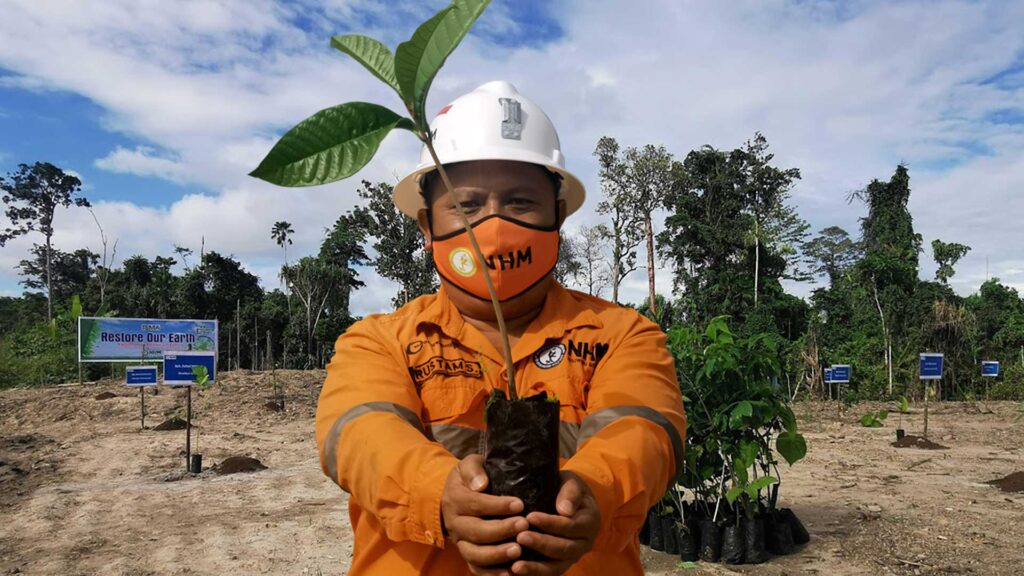
From smartphones to solar panels, satellites to skyscrapers, everything begins beneath the Earth’s surface. But this progress comes at a price. Traditional mining operations have long been linked to deforestation, soil degradation, water pollution, biodiversity loss, and carbon emissions. With the global shift towards sustainability, and climate responsibility, a crucial question arises. Can we mine without devastating the planet? The answer lies in the emerging revolution of Green Mining, a movement aiming to make extraction processes more sustainable, energy-efficient, and ethically responsible.
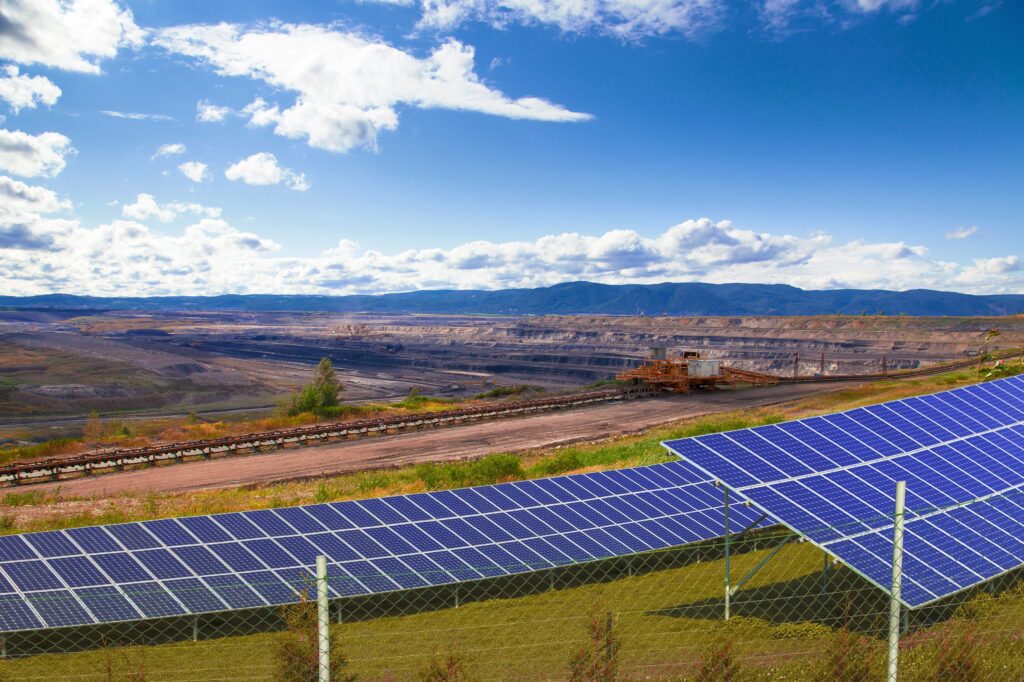
Why Mining Needs a Green Revolution
Mining contributes significantly to modern economies, especially in mineral-rich countries like China, India, Australia, Chile, and the Democratic Republic of Congo. But the environmental cost is severe:
- According to the World Bank (2024), mining accounts for 4–7% of global greenhouse gas emissions.
- The UNEP (2023) highlights that only 10% of mine waste is properly managed, with the rest often leaching into local ecosystems.
- Human costs are equally grave, displacement of indigenous communities, exploitative labor, and conflict mineral financing.
Moreover, the irony is stark: Clean energy technologies like electric vehicles, wind turbines, and solar panels require critical minerals like lithium, cobalt, and rare earths, extracted through mining. We are, in effect, polluting to become clean.
What Is Green Mining?
Green Mining refers to environmentally conscious mining practices that reduce carbon emissions, preserve biodiversity, minimize waste, and ensure ethical labor. It is not a single technique, but a combination of technological, environmental, and social innovations.
Key Innovations in Green Mining:
- Bioleaching: Using bacteria to extract metals from ore instead of toxic chemicals like cyanide, or mercury.
Example: Biomining is being used in Chile to extract copper sustainably. - Digital Twin Technology: Real-time AI models of mining sites optimize energy, reduce water usage, and detect inefficiencies.
Used by Rio Tinto, and Anglo American globally. - Electric Mining Equipment: Shifting from diesel to electric trucks, and drills cuts emissions drastically.
Sweden’s Boliden AB reduced emissions by 40% through EV deployment in its Aitik mine. - Water Recycling & Zero-Liquid Discharge (ZLD): Modern mines like Australia’s Mount Isa are now recycling up to 85% of water used, addressing a major cause of ecosystem destruction.
- Tailings Reprocessing: Instead of dumping mining waste, tailings are now reprocessed for leftover minerals, reducing toxic impact.
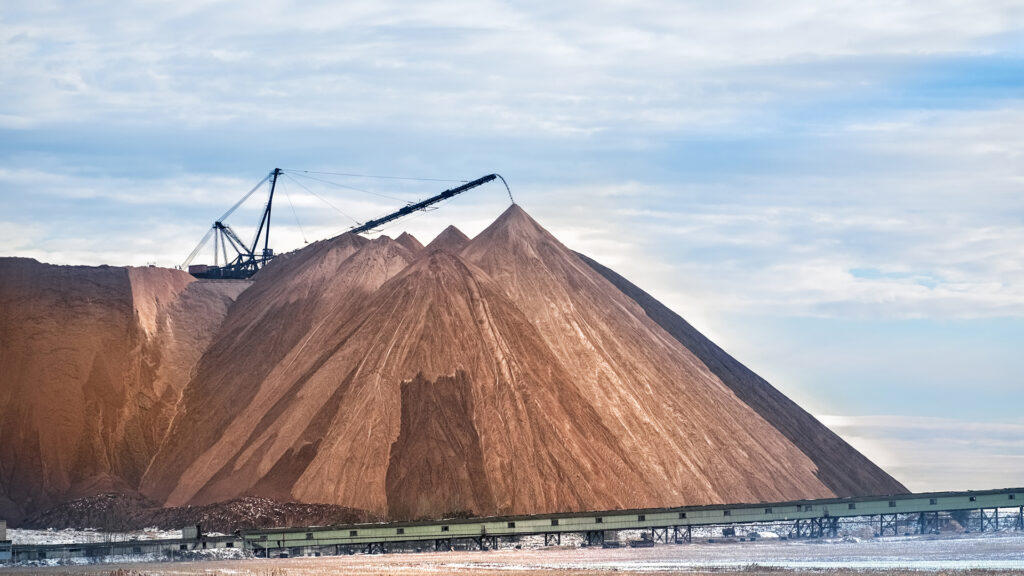
Who’s Leading the Way?
Sweden: The undisputed leader in green mining. Boliden, and LKAB have digitized nearly all operations, and operate with renewable-powered mining equipment.
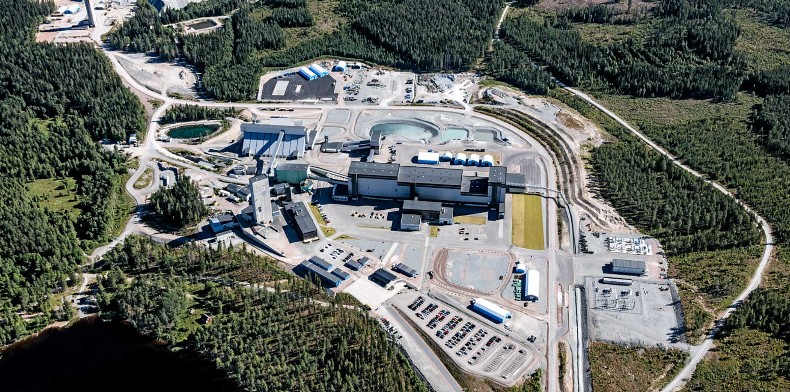
Canada: Home to the world’s first zero-emission open-pit gold mine in Quebec, using hydroelectricity, and all-electric fleets.
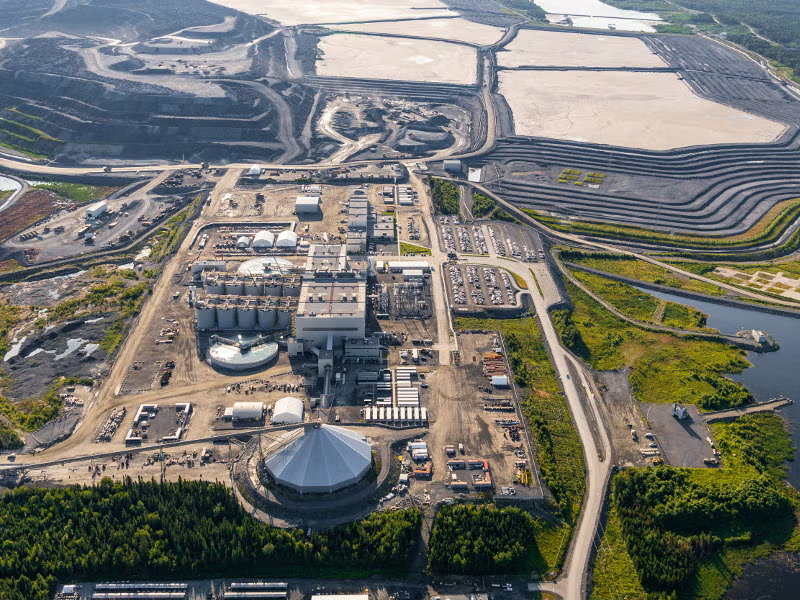
Africa: Countries like Namibia, and Rwanda are introducing green certification for artisanal miners, though funding remains a hurdle.
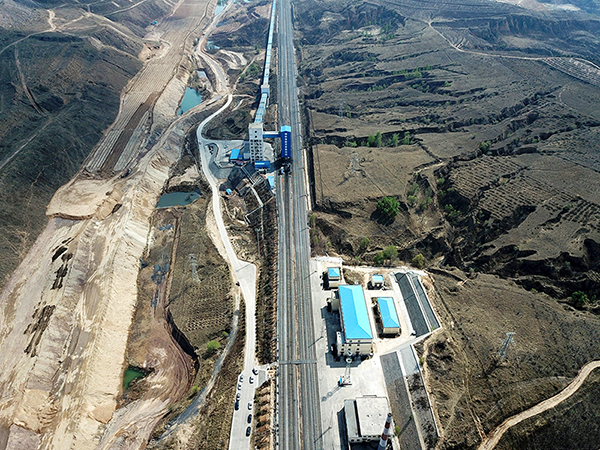
European Union: The Critical Raw Materials Act (2023) mandates ESG compliance for companies extracting in, or exporting to the EU.
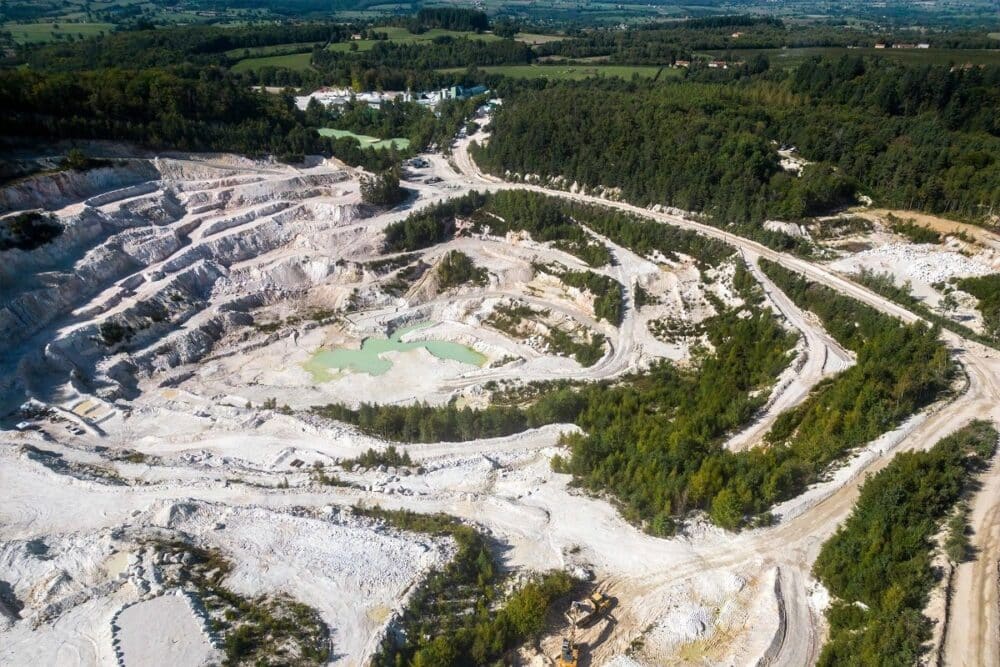
ESG Pressure, and Greenwashing: A Double-Edged Sword
As Environmental, Social, and Governance (ESG) becomes the gold standard, companies face pressure to comply. But greenwashing, pretending to be sustainable without making meaningful changes is rising. A 2022 Harvard Business Review report found that 60% of companies exaggerate their ESG achievements. Without third-party audits, and binding regulations, green mining could become another corporate buzzword. Many experts now argue for international sustainability certification.
Challenges in the Green Transition
Despite the potential, green mining is costly, tech-intensive, and politically complex, especially in developing nations.
Major Roadblocks:
- High upfront investment in new tech, and equipment
- Lack of skilled labor for operating modern systems
- Policy incoherence between mining, and environmental ministries
- Resistance from legacy industries fearing profit loss
- Community mistrust in mining companies due to decades of exploitation
Digging Smarter, Not Deeper
Green mining isn’t about stopping extraction, it’s about rethinking how we extract. In a world racing toward net-zero emissions, and ecological restoration, it is imperative that the very industries that built our modern lives now lead the charge in protecting our future.
We stand at a crossroads. Either we continue the path of destruction in the name of development, or we embrace innovation to mine the future without mining our children’s future.
For more such informative articles, stay tuned at The World Times.



